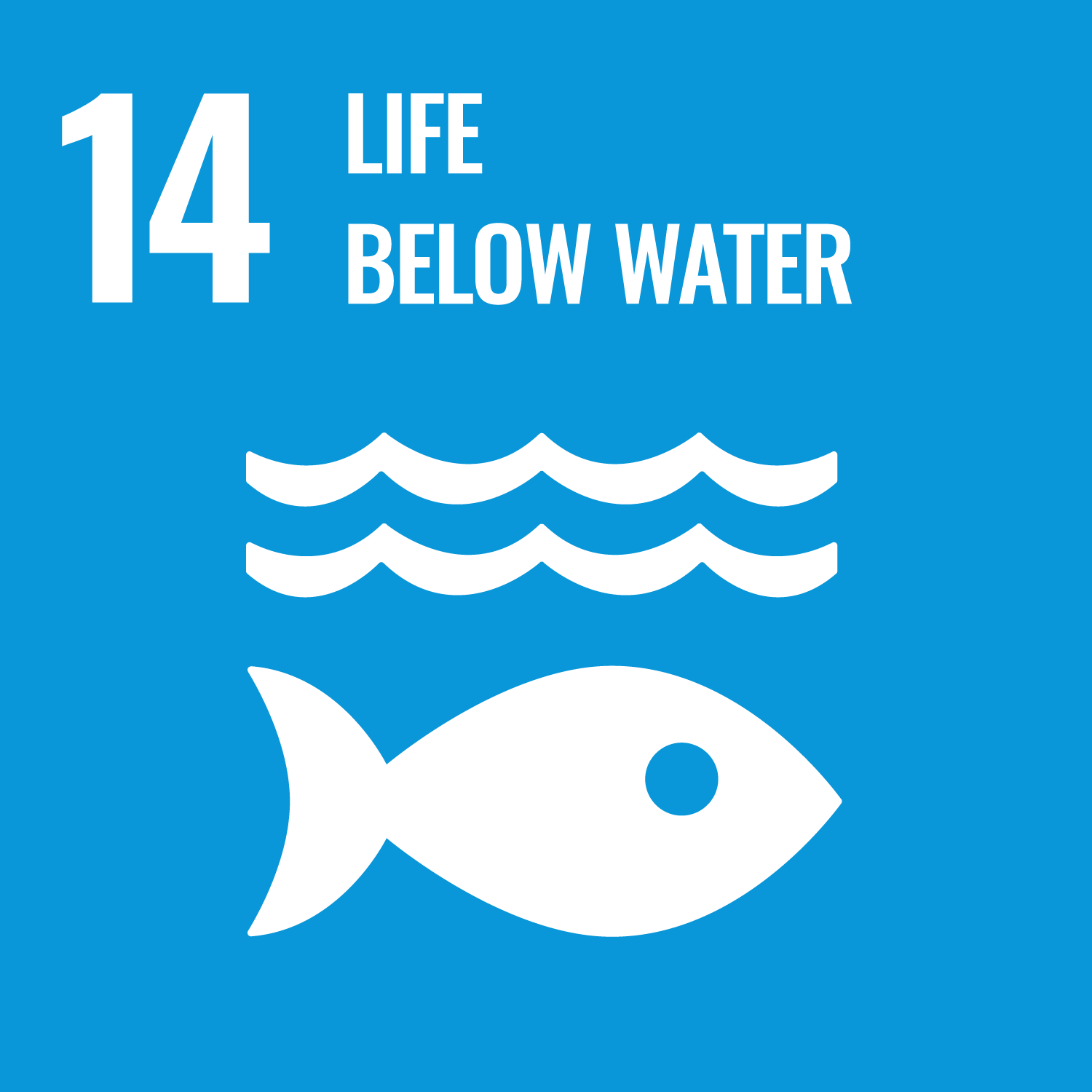Edeye, Kennedy Osuka orcid.org/0000-0001-7940-5411, McClean, Colin John orcid.org/0000-0002-5457-4355, Stewart, Bryce Donald orcid.org/0000-0001-5103-5041 et al. (7 more authors) (2021) Characteristics of shallow and mesophotic environments of the Pemba Channel, Tanzania:implications for management and conservation. Ocean and Coastal Management. 105463. ISSN: 0964-5691
Abstract
Information on the spatial distribution of habitats and vulnerable species is important for conservation planning. In particular, detailed knowledge on connectivity of marine ecosystems in relation to depth and seafloor characteristics is crucial for any proposed conservation and management actions. Yet, the bulk of the seafloor remains undersampled, unstudied and unmapped, thereby limiting our understanding of connections between shallow and deep-water communities. Recent studies on mesophotic coral ecosystems (MCEs) have highlighted the western Indian Ocean as a particularly understudied marine region. Here we utilise an autonomous underwater vehicle (AUV) to collect in-situ temperature, oxygen concentration, bathymetry, acoustic backscatter and photographic data on benthic communities from shallow (<30 m) and mesophotic (30-150 m) depths at selected sites in the Greater Pemba Channel, Tanzania . Further, we use generalised additive models (GAMs) to determine useful predictors of substratum (hard and sand) and benthic community type (coral, turf algae, fleshy algae, fish). Our results revealed the presence of a complex seafloor characterised by pockmarks, steep slopes, submarine walls, and large boulders. Photographs confirmed the presence of MCE composed of corals, algae and fishes on the eastern margins of the Pemba Channel. The GAMs on the presence and absence of benthic community explained 35% to 91% of the deviance in fish and fleshy algae assemblages, respectively. Key predictors of the distribution of hard substrata and the coral reef communities were depth, showing the upper boundary of MCEs present at 30-40 m, and seafloor slope that showed more occurrences on steep slopes. The upper 100 m of water column had stable temperatures (25-26°C) and oxygen concentrations (220- 235 μmol/l). We noted the presence of submarine walls, steeply inclined bedrock, which appeared to support a highly bio-diverse community that may be worthy of particular conservation measures. Our results also highlight the capability of using marine robotics, particularly autonomous vehicles, to fill the knowledge gap for areas not readily accessible with surface vessels, and their potential application in the initial survey and subsequent monitoring of Marine Protected Areas.
Metadata
| Item Type: | Article |
|---|---|
| Authors/Creators: |
|
| Copyright, Publisher and Additional Information: | This is an author-produced version of the published paper. Uploaded in accordance with the publisher’s self-archiving policy. |
| Keywords: | Coral reefs,Biodiversity,Autonomous Underwater Vehicle,Conservation,Marine robotics,AUV,Mesophotic reefs |
| Dates: |
|
| Institution: | The University of York |
| Academic Units: | The University of York > Faculty of Sciences (York) > Environment and Geography (York) |
| Date Deposited: | 09 Dec 2020 11:00 |
| Last Modified: | 12 Dec 2025 15:20 |
| Published Version: | https://doi.org/10.1016/j.ocecoaman.2020.105463 |
| Status: | Published |
| Refereed: | Yes |
| Identification Number: | 10.1016/j.ocecoaman.2020.105463 |
| Sustainable Development Goals: | |
| Open Archives Initiative ID (OAI ID): | oai:eprints.whiterose.ac.uk:168877 |
Download
Description: Osuka et al (2021) Characteristics of shallow & mesophotic environments of the Pemba Channel Tanzania
Licence: CC-BY-NC-ND 2.5


 CORE (COnnecting REpositories)
CORE (COnnecting REpositories) CORE (COnnecting REpositories)
CORE (COnnecting REpositories)